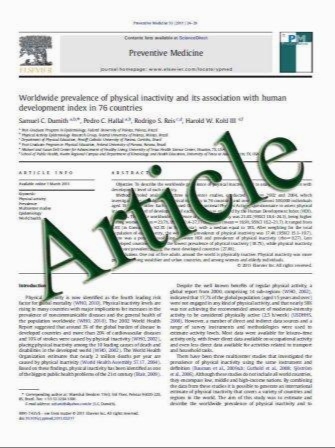A comparative evaluation of gutta-percha filled areas in curved root canals obturated with different techniques
- نوع فایل : کتاب
- زبان : انگلیسی
- مؤلف : Edgar Schنfer & Birthe Nelius & Sebastian Bürklein
- چاپ و سال / کشور: 2011
Description
The aim of this study was to compare different obturation techniques in severely curved canals in terms of the percentage of gutta-percha filled area and voids. The obturation times and the incidence of extrusion of filling material were also compared. Curved root canals (curvature, 25–35°) of 48 extracted human teeth were enlarged with Mtwo rotary NiTi instruments and obturated as follows: Group A: 0.04/35 matched-single-cone; Group B: cold lateral compaction with 0.04/35 gutta-percha master cone; Group C: warm vertical compaction; Group D: lateral compaction with standardized gutta-percha master cone. In all groups AHPlus was used as sealer. The teeth were sectioned horizontally at 2, 3, 4, 6 and 8 mm from the apex. The total area of each canal segment was measured and the areas of gutta-percha, sealer and voids were converted to percentages of the total area. Data were subjected to the Kruskal–Wallis and post hoc Dunn test. Obturation times were compared using ANOVA and post hoc Student– Newman–Keuls test. The matched-single-cone obturation (group A) was significantly the fastest method while warm vertical compaction (group C) required significantly more time than all other techniques (p<0.05). No significant differences were obtained between the groups in terms of percentage of voids at any level (p>0.05). At all levels, groups B, C, and D produced significantly higher guttapercha filled areas (p<0.05) and lower sealer-filled areas (p<0.05) than group A. No significant differences were found between groups B, C, and D (p>0.05) regarding gutta-percha and sealer-filled areas. Within the limitations of the in vitro study, it can be concluded that lateral compaction of greater taper gutta-percha cones is a fast and efficient method for obturation of curved canals
Clin Oral Invest DOI 10.1007/s00784-011-0509-z Received: 8 September 2010 / Accepted: 9 January 2011


